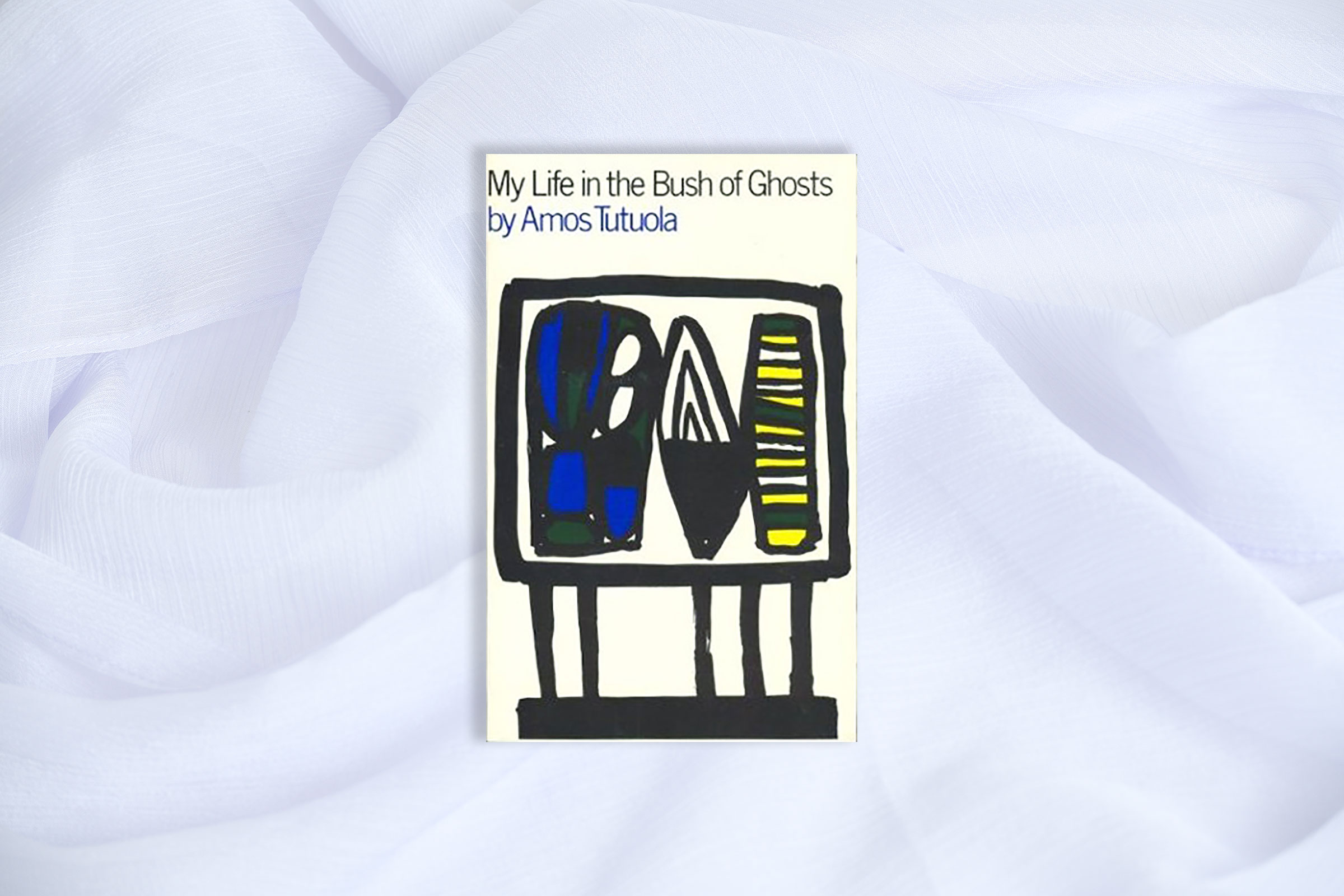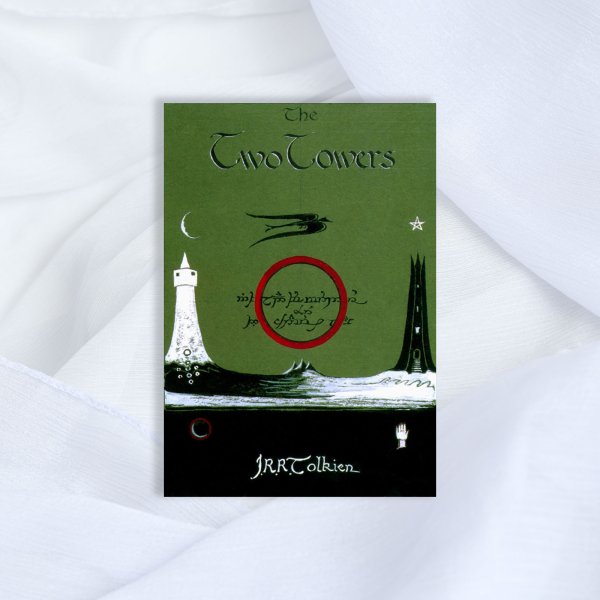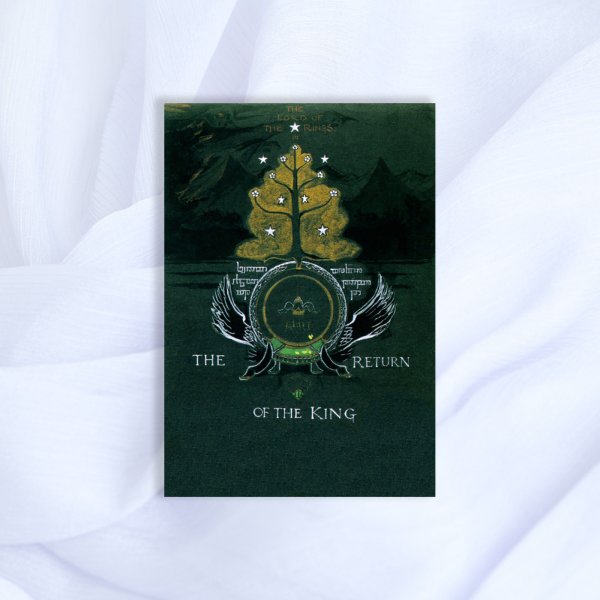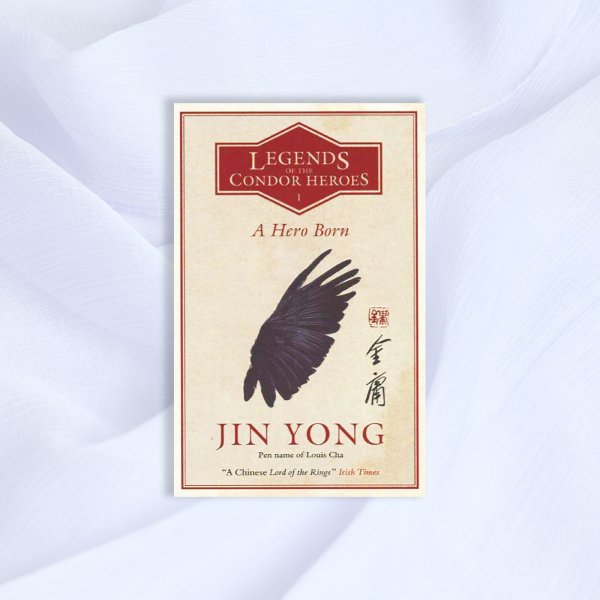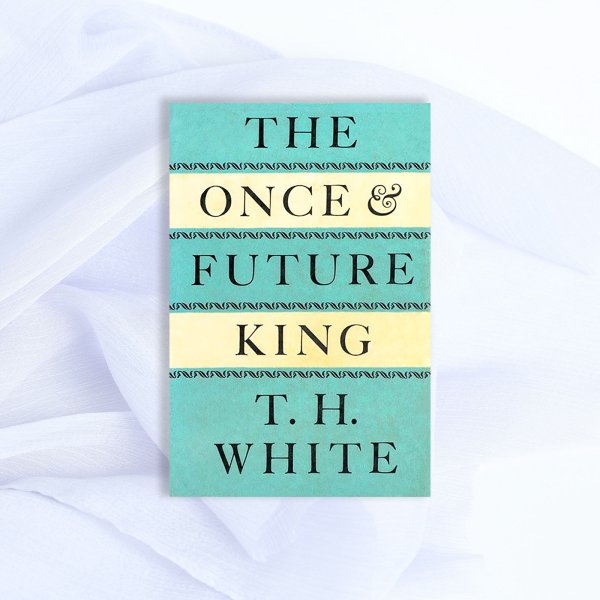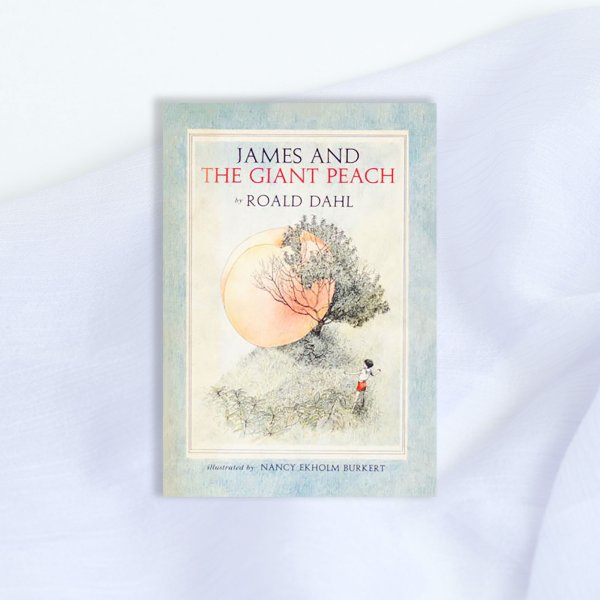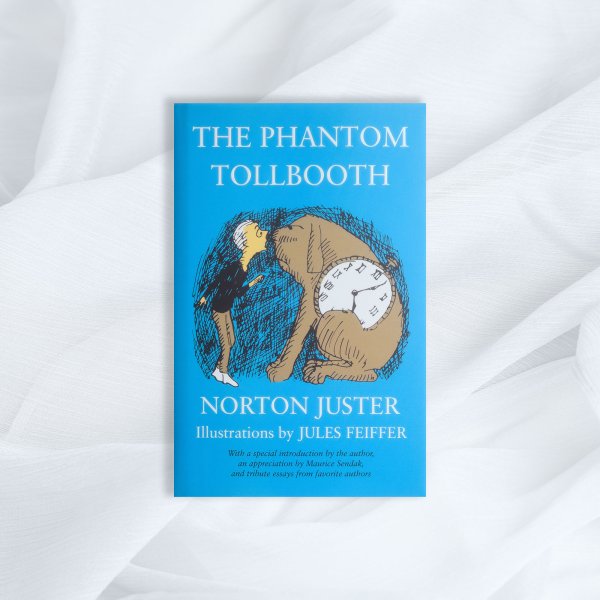In 1954, the Nigerian writer Amos Tutuola published My Life in the Bush of Ghosts, uniquely synthesizing the Yoruba culture he was born into with that of the British and Christian colonialism under which he matured into adulthood. The book, Tutuola’s second, tells the story of a west African child who is forced for 24 years to navigate an incomprehensible wilderness filled with fantastical beings, most of whom are, as the title suggests, some form of ghost. It’s a striking work of syncretism, recontextualizing previously unrecorded west African mythology by imbuing it with symbols of what was at the time a new global modernity. Consider, for example, one of the key figures of the novel: the “television-handed ghostess,” who convinces the narrator to follow the sorcerers’ advice and lick his open wound—by opening her hands and revealing TV screens on her palms showing footage of the narrator’s family and home village. Tutuola would go on to inspire Talking Heads frontman David Byrne and superproducer Brian Eno to record a 1981 album by the same title as this book; it’s a testament to his impact, as arguably the first international artist to form a new language by sampling the folk traditions of the global south and the modern imagery of the industrialized West. —Elijah Wolfson
Buy Now: My Life in the Bush of Ghosts on Bookshop | Amazon
- Cybersecurity Experts Are Sounding the Alarm on DOGE
- Meet the 2025 Women of the Year
- The Harsh Truth About Disability Inclusion
- Why Do More Young Adults Have Cancer?
- Colman Domingo Leads With Radical Love
- How to Get Better at Doing Things Alone
- Michelle Zauner Stares Down the Darkness
